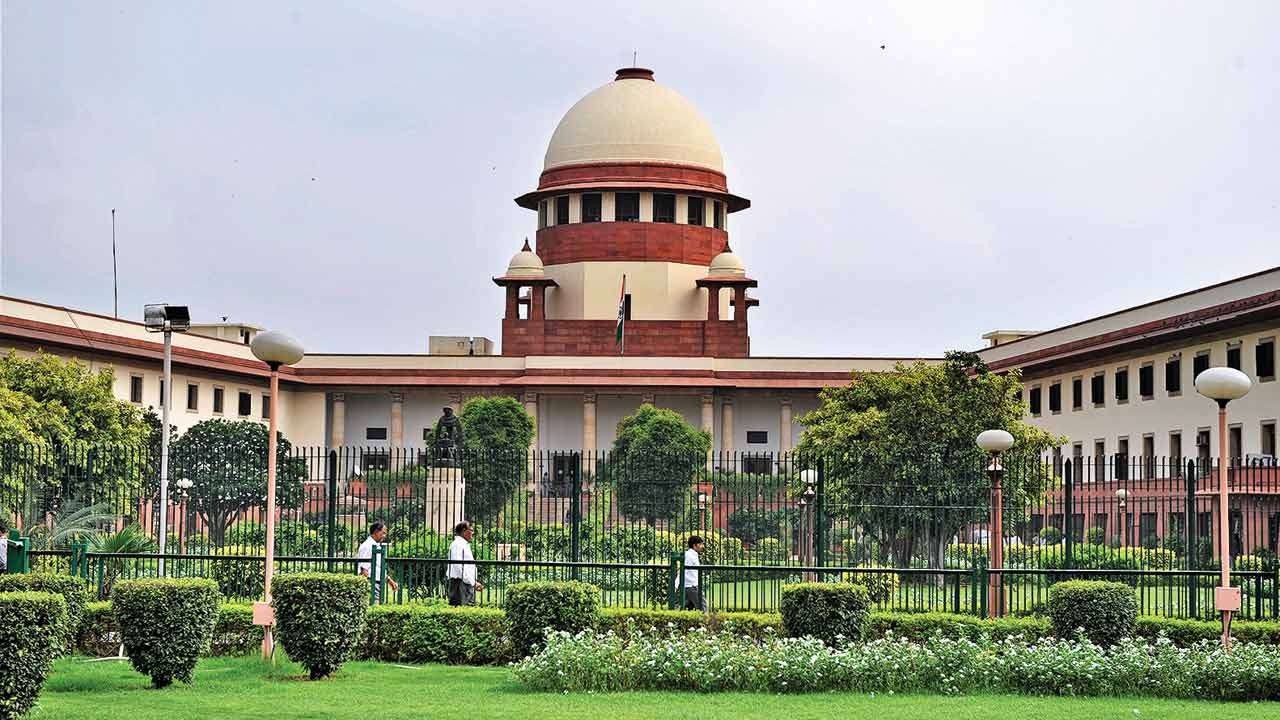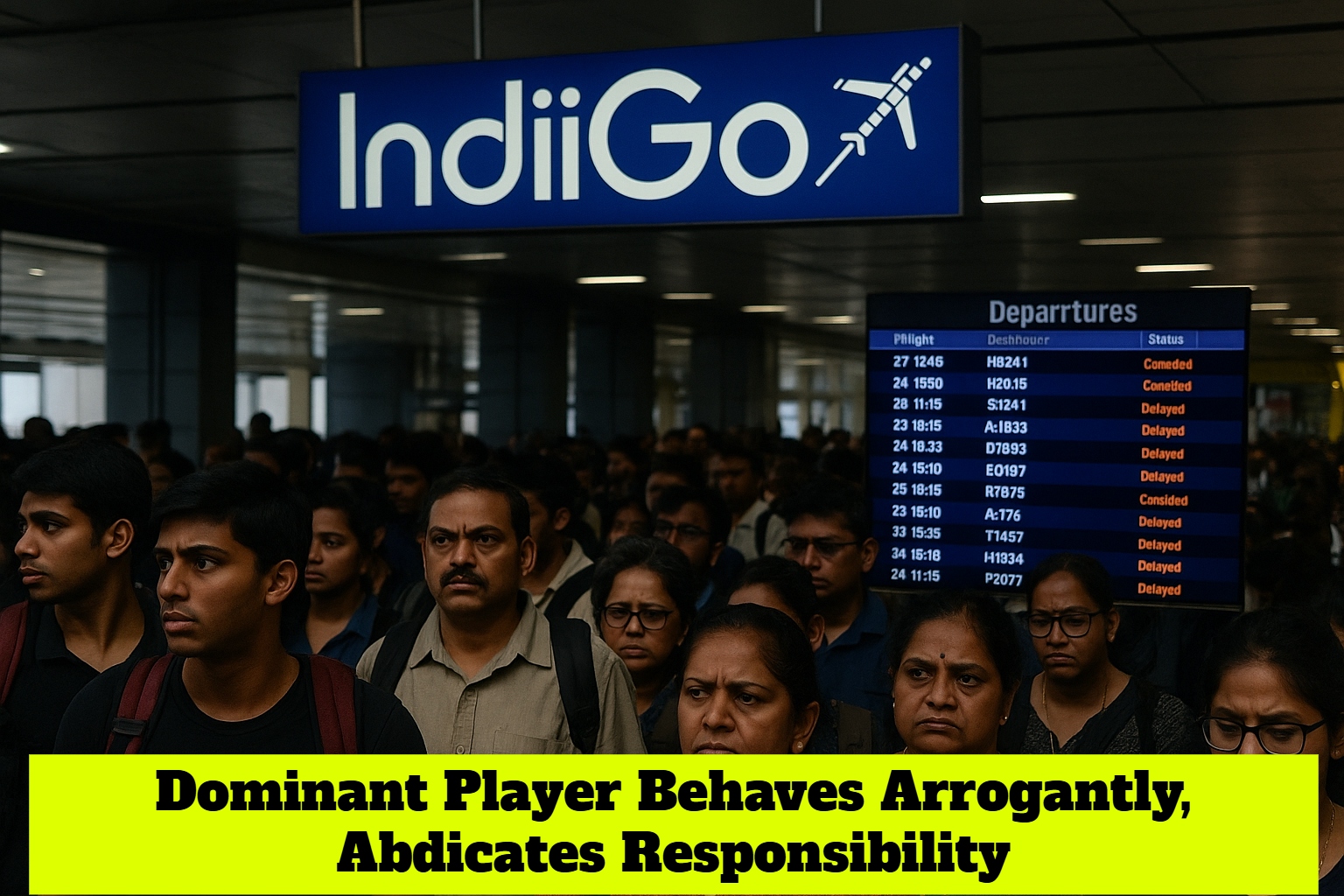

By Our Editorial Team
First publised on 2025-11-24 14:21:37
The Supreme Court's advisory on the Presidential Reference about the powers of Governors was meant to steady the waters in a growing constitutional storm. Instead, it confirmed what many already feared - India still lives with a structural imbalance between elected governments and appointed Governors, and the Court has chosen not to correct it.
The Court made three main points. It declined to set deadlines for Governors or the President to act on state bills. It rejected "deemed assent," which could have stopped long delays from becoming quiet vetoes. And it allowed only limited judicial review, to be used only when such delays stretch beyond reason.
At first glance, this seems like a balanced stance. It isn't. With no fixed timelines or penalties, a Governor can still stall a legislative agenda for months. The Court warned that delays cannot be "prolonged" or "indefinite," but without a clear benchmark, that warning feels hollow until tested. Remember an elected government's term is for five years or less- so what is "prolonged" or "indefinite"? One year? Two years? The court's indecision on this matter is baffling.
Governors were never meant to be political counterweights. They were designed as constitutional referees, not as instruments of pressure. Yet in recent years, the office has often served as an extension of central power in opposition-ruled states. Bills passed by elected assemblies end up stuck in the Raj Bhavan, less from legal concern than from political friction.
The Court's reminder that elected governments must remain in the "driverâs seat" is welcome, but toothless without enforcement. A Governor can still delay action long enough to stall a policy cycle, leaving a government with no remedy but to wait.
The Court is right that it cannot oversee every pending bill. Still, when institutional misuse spreads across states, restraint begins to look like abdication. A federal democracy depends on mutual trust, and when that trust frays, decisiveness matters more than deference.
The verdict warns Governors not to overstep, tells states to stay patient, and tells the Centre nothing. The outcome is a gray zone where power can be quietly tilted without breaking any rule.
India needed a clear boundary. What it received was a cautious compromise. And in that careful space between clarity and caution lies the real danger: a constitutional process that can still be stalled - not by argument, but by silence.











